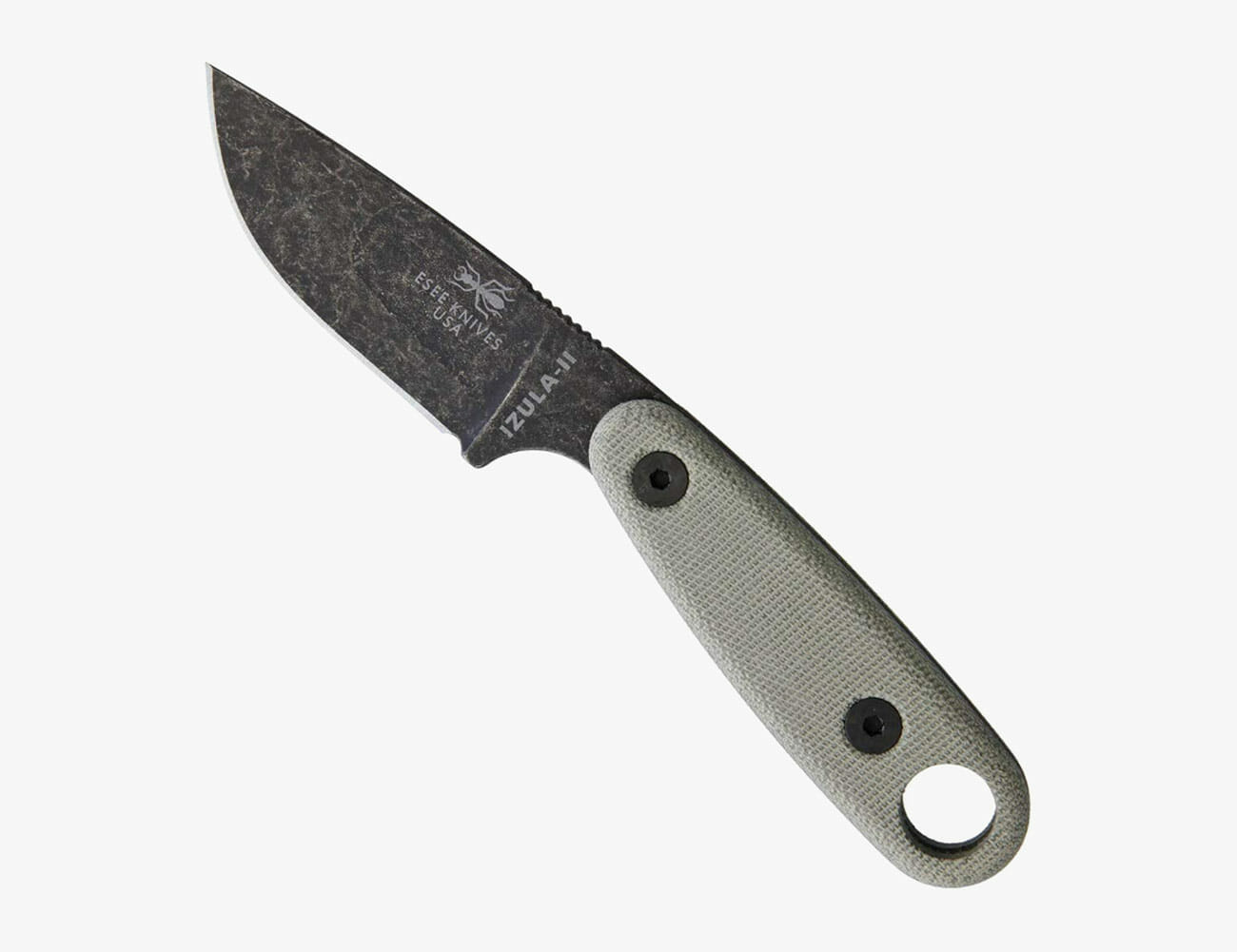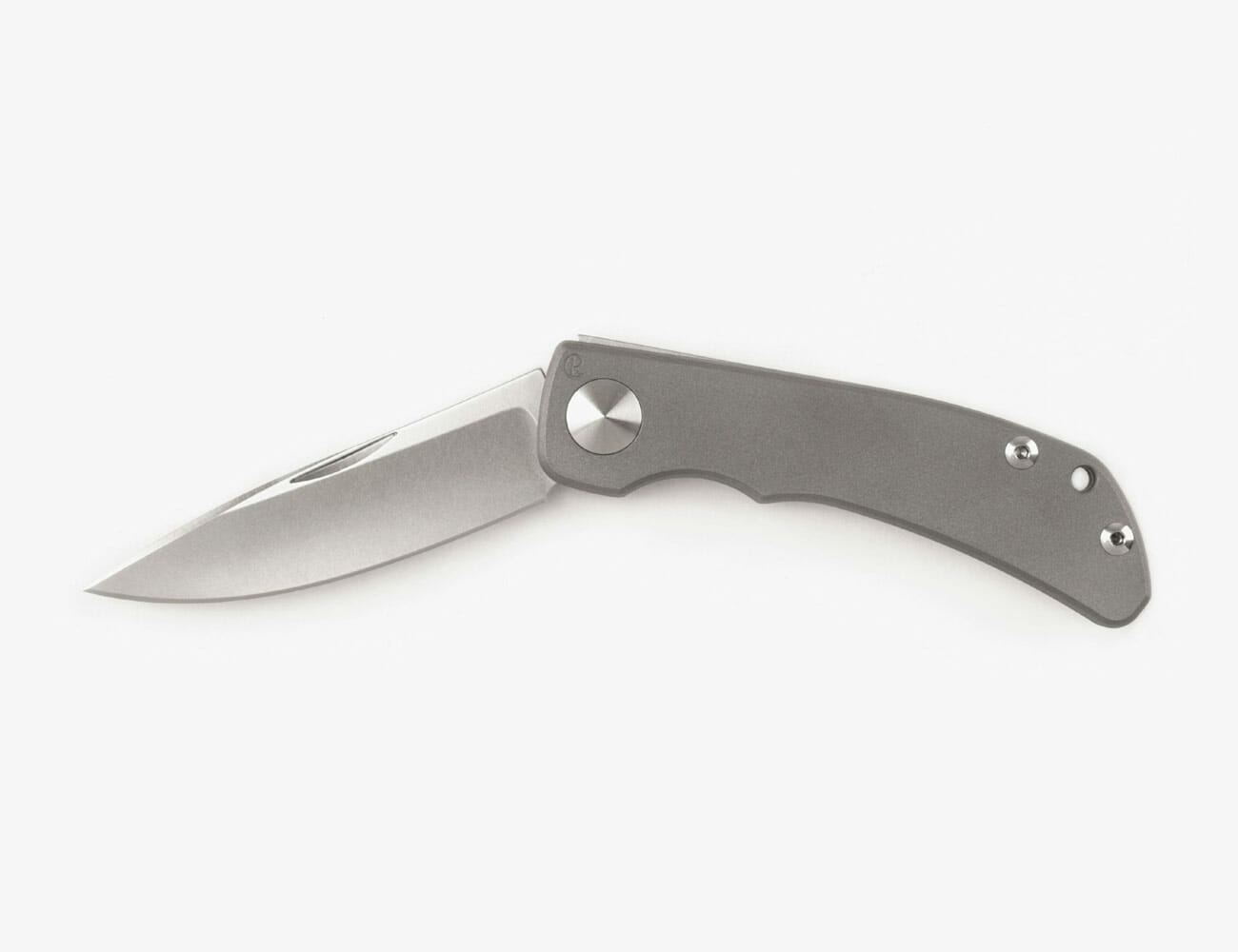Ever wondered how one pocket knife can cost $20, and another $200? It almost always comes down to the materials used to make it, and the defining ingredient in any knife is the steel that constitutes its blade.
But the variance that separates one knife’s steel from another’s is more tangible than a dollar amount; how the blade performs, and how long it will last, are both a result of the makeup of its steel. To help demystify things — and give you a better idea what to prioritize when knife shopping — here’s a look at what’s in knife steel, its various qualities, the most common types and examples of each.
Elements of Knife Steel
The two elements that make steel are iron and carbon. Carbon is the special ingredient that allows iron to become steel, and, depending how much of it is present, it affects how hard, strong, tough and wear-resistant that steel is (more on these terms in the next section).
Other elements that might be present in the makeup of a particular type of steel include chromium, cobalt, copper, manganese, molybdenum, nickel, niobium, nitrogen, phosphorus, silicon, sulfur, tungsten and vanadium. Each affects the defining traits of the final knife steel. For example, chromium lends corrosion resistance, and its presence is necessary to classify steel as stainless.
The 6 Traits of Knife Steel
The elements that make up steel lend different qualities to the final material that make tangible differences between one blade and another.
Corrosion Resistance
A blade’s immunity from rust and degradation due to acids. If you frequently use your knife in wet environments or for food prep (there’s lots of acid in things like tomatoes and citrus), good corrosion resistance is essential. Maintaining your knife with mineral oil is the best way to prevent corrosion.
Edge Retention
A blade’s ability to maintain a sharp edge. Some steels will lose their edge after a handful of uses, while others can maintain a fine cutting angle for a long time before they need to be sharpened. Edge retention is typically related inversely to toughness.
Strength
A knife steel’s resistance to deformation, measured by how much stress it can withstand before breaking. Strength is closely related to hardness, which knife makers note using the Rockwell C scale. However, it should be noted that two different types of knife steel might have the same hardness rating, but not the same strength.
Toughness
Toughness refers to a blade’s ability to withstand sudden impacts and forces that might otherwise produce cracks or chips. Processing kindling for a fire is a good example of a situation where toughness is important.
Wear Resistance
A blade’s ability to resist abrasion; essentially, how it holds up to regular use. Even if you only use your knife to cut open cardboard boxes, the entire blade will wear down over time, especially if its steel has low wear resistance.
Ease of Sharpening
Perhaps not one of the “official” traits of steel, ease of sharpening is a quality worth considering and is frequently noted in the product descriptions that accompany knives. Even knives with standout edge retention need sharpening eventually. Easy sharpening is typically related inversely to wear resistance and edge retention.
Common Types of Knife Steel
Knowing the key traits of knife steel, you might wonder why knife makers don’t merely use types that maximize each property. To an extent, they do, but, unfortunately, steel is not that simple. Adjusting the chemical recipe to highlight one key trait often comes at the expense of another. For instance, high wear resistance typically produces steel that’s more difficult to sharpen. In other words, as long as adamantium remains fictional, compromise is inevitable.
Consequently, there are many types of knife steel out there, typically denoted by a chain of letters and numbers that’s neither easy to interpret nor remember. Easier to recall are the common groups that these steels fall into.
Carbon Steel
For steel to be considered carbon steel, it’s generally accepted that the formula has to contain at least 0.5 percent carbon. Carbon steel, or high carbon steel, has good strength and is easy to sharpen but rusts easily and needs to be maintained regularly.
Example: 1095
1095 is perhaps the most widely used carbon steel. Because it’s so resistant to chipping and is easy to sharpen, it’s a common type for survival-oriented knives, like ESEE’s Izula II fixed blade.
Stainless Steel
Stainless steel requires a minimum of 10.5 percent chromium in its makeup. The added chromium helps it resist corrosion but often negatively affects toughness. Stainless steel is the most popular type of knife steel today.
Example: CPM-S35VN
There is a wide range of stainless steel varieties that knife makers use in their blades, all with varying traits and quality. CPM-S35VN, made by Crucible Industries, is a premium option that’s as close to perfectly balanced as knife steels get. Be prepared though — knives that use it, such as this Chris Reeve Impinda Slip Joint, tend to be expensive.
Tool Steel
Tool steel is known for its high strength/hardness as well as wear resistance and toughness. It’s often a choice for blades that are going to get used over and over (hence its utility-driven name), but you can find it in everyday pocket knives too.
Example: D2
Because it has a relatively high amount of chrome, D2 can take on the appearance of stainless steel, as in Civivi’s Asticus Liner Lock. That, plus a solid combination of edge retention and toughness, makes it one of the most common steels you’ll find in a knife. It does have low corrosion resistance, though, and needs regular care.
Damascus Steel
Damascus steel is unique in that it isn’t defined by its chemical composition; rather, it is a combination of different kinds of steels that are hammered into layers and folded together. The final Damascus will exhibit varying traits depending on the types of steel that are included, but it tends to be high-quality and is always marked by its stunning swirling patterns. (For more on Damascus steel, read our guide to it.)
Example: Damasteel
Making Damascus steel is an intense and rigorous process, and as such, much of it is made by craftspeople, in small quantities. The Swedish company Damasteel developed a powder metallurgical process that allows a high degree of control over the look and characteristics of the final steel, as exhibited by The James Brand’s Duval.









